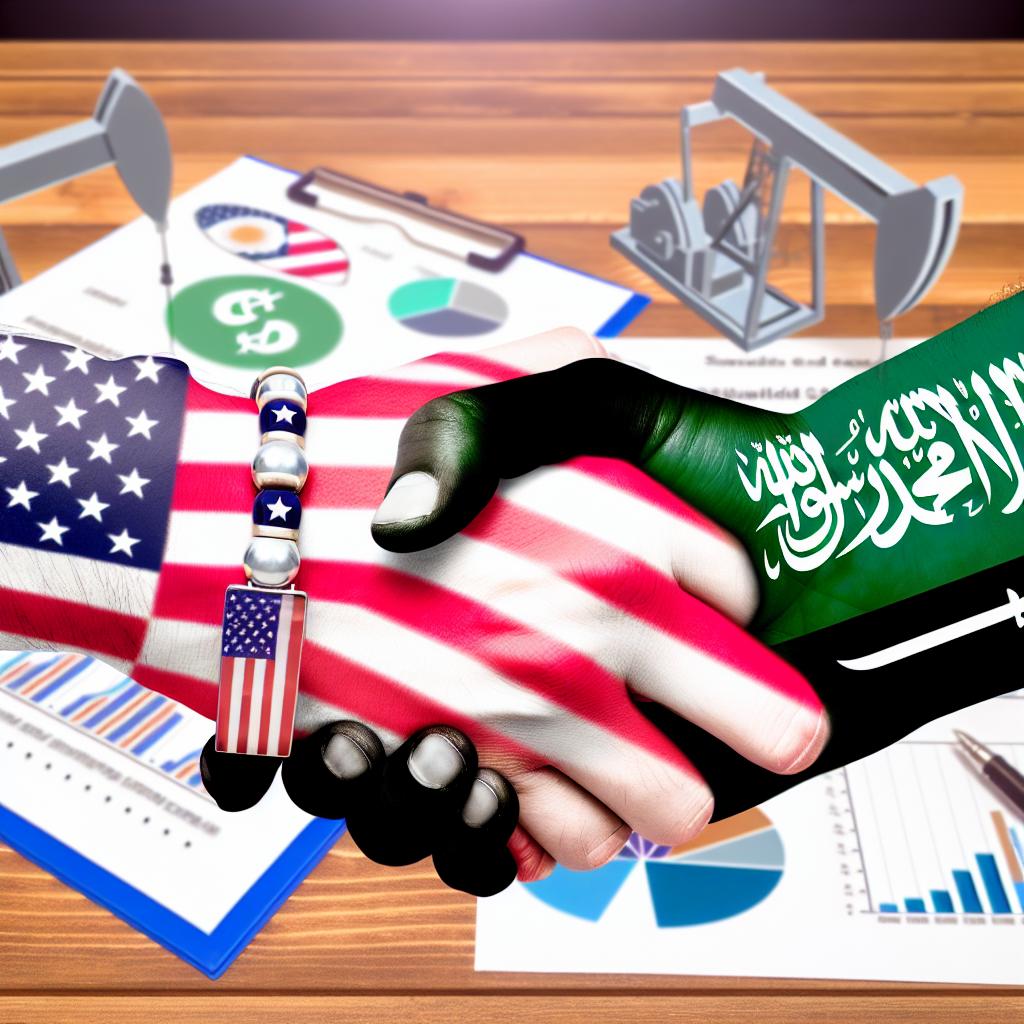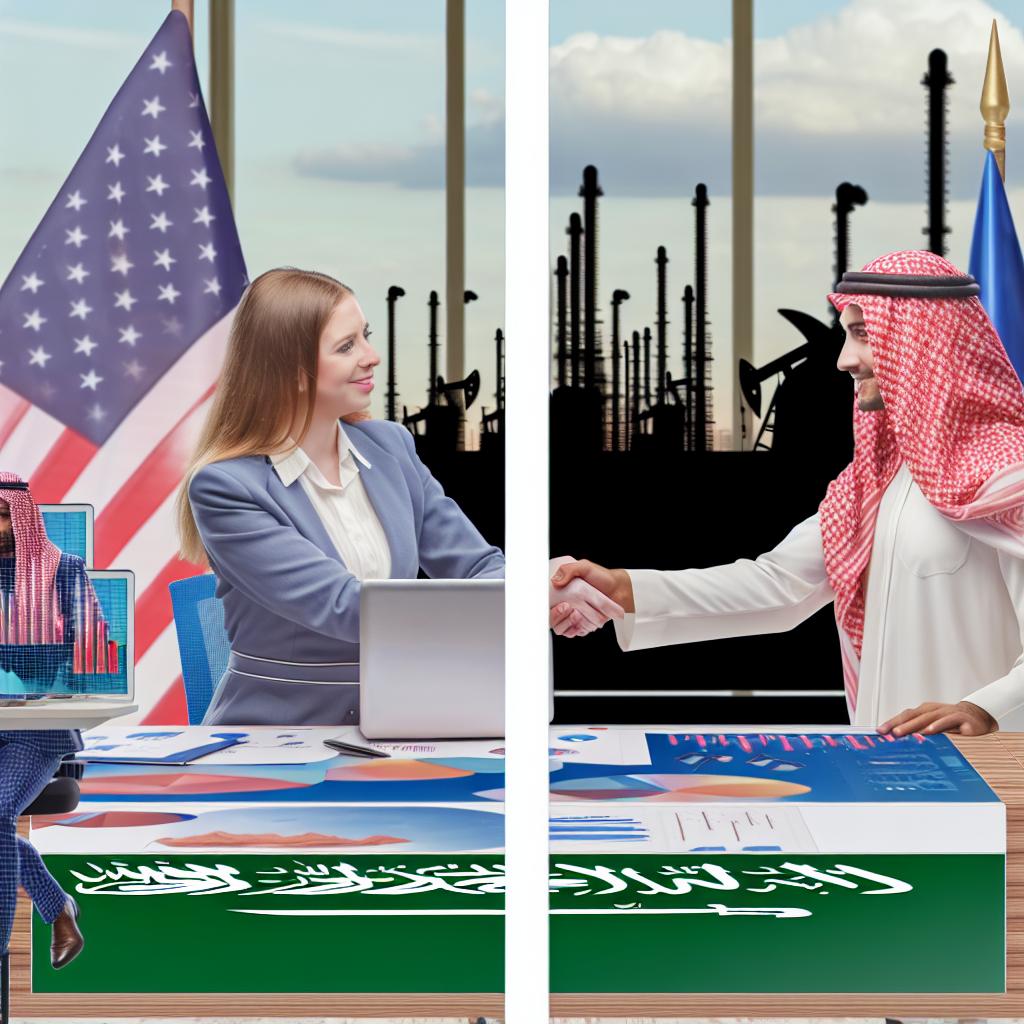Introduction to US-Saudi Trade Relations
The United States and Saudi Arabia have maintained a dynamic trade relationship over the decades, underscoring the economic importance of both nations on the global stage. Businesses aiming to succeed in this bilateral environment need a deep understanding of the trade agreements between these countries, as these frameworks outline the rules, opportunities, and potential barriers for cross-border commerce. This article delves into the essential factors businesses should be aware of when considering entering or expanding within the US-Saudi trade sphere. A comprehensive grasp of these dynamics will aid businesses in strategically navigating and leveraging the bilateral trade landscape.
Overview of Current Trade Agreements
While the United States and Saudi Arabia have not cemented a formal free trade agreement, they engage in noteworthy economic exchanges under broader frameworks, such as the World Trade Organization (WTO) regulations. This association allows the two nations to collaborate significantly, especially in vital economic sectors like energy, defense, and infrastructure, which form the backbone of their trade relationship.
Key Sectors Affected
Energy Sector: The energy sector, particularly oil and gas, is a pivotal element in US-Saudi trade. Saudi Arabia’s economy is predominantly driven by its vast petroleum resources, making it one of the primary providers of oil to the United States. Given the fluctuating nature of oil prices and contracts, businesses engaged in this sector must remain vigilant about market trends and shifts. This vigilance is crucial for maintaining a competitive edge and ensuring sustainable operations within this ever-evolving sector.
Defense Industry: The defense industry represents another significant area of trade between the US and Saudi Arabia. US defense companies have consistently recognized Saudi Arabia as a lucrative market. To thrive in this sector, companies must be adept at navigating export control regulations and align their operations with US foreign policy. Compliance with these regulations not only secures market access but also fosters long-term business relationships built on trust and adherence to legal standards.
Infrastructure and Construction: The infrastructure and construction sectors are burgeoning fields of opportunity, especially in light of Saudi Arabia’s Vision 2030 initiative. This ambitious plan aims to transform Saudi Arabia’s economy by focusing on sustainable development projects. For US businesses, this translates into numerous opportunities in urban development, transportation, and essential services. However, participating in these growth areas requires a nuanced understanding of foreign investment statutes and local content mandates to ensure compliance and operational success in the Saudi market.
Trade Challenges and Considerations
Business ventures within the US-Saudi trade ambit also face an array of challenges that could affect operations. Understanding these challenges is crucial for businesses seeking to minimize risks and maximize opportunities.
Regulatory Environment: The regulatory environment in Saudi Arabia is evolving rapidly as the government implements reforms to enhance its business climate. Despite these efforts, navigating the approval process for licenses and operational permits can still be complex. Companies must be prepared to manage these regulatory dynamics effectively to gain entry and sustain operations in the Saudi market.
Cultural Nuances: Engaging in business within Saudi Arabia necessitates a keen sensitivity to cultural practices and societal norms. Recognizing and respecting these nuances is essential for effective negotiations and building strong business relationships. Cultural awareness can significantly influence the success of business initiatives, as it fosters trust and mutual respect between international partners.
Compliance and Legal Requirements: Adherence to legal standards, such as the Foreign Corrupt Practices Act (FCPA) in the US and local Saudi laws, is paramount. US businesses must establish comprehensive compliance programs to navigate these legal landscapes effectively. Ensuring compliance not only protects businesses from legal repercussions but also enhances their reputation and credibility in the market.
Opportunities for Expansion
Saudi Arabia’s Vision 2030 blueprint represents a transformative opportunity for businesses looking to expand. This strategic framework seeks to diversify the Saudi economy by reducing its reliance on oil and promoting the growth of new sectors.
Digital Technology and Innovation: A significant focus within Vision 2030 is the development of the digital sector. The Saudi government is investing in digital infrastructure, making it ripe for tech companies to introduce innovative solutions. This focus signals promising prospects for businesses involved in digital technologies, providing a fertile ground for growth and development.
Renewable Energy: In aligning with global trends, Saudi Arabia is investing heavily in renewable energy projects, including solar and wind. This shift offers US companies specializing in renewable technologies ample opportunities to contribute to and benefit from the kingdom’s growing energy diversification efforts. Expanding into this sector is not only environmentally viable but also presents significant business growth potential.
Conclusion
In conclusion, engaging in trade with Saudi Arabia involves a mix of challenges and opportunities that US businesses must carefully navigate. Achieving success in this venture requires a deep understanding of the legal and regulatory landscapes, cultural dynamics, and the strategic leveraging of emerging market opportunities. Businesses prepared to meet these challenges head-on while capitalizing on opportunities presented by initiatives like Vision 2030 stand to gain substantially. For organizations seeking further insights and updates on US-Saudi trade developments, it is advisable to explore resources such as the Office of the United States Trade Representative and Saudi Arabia’s Ministry of Investment.
This article was last updated on: May 18, 2025




